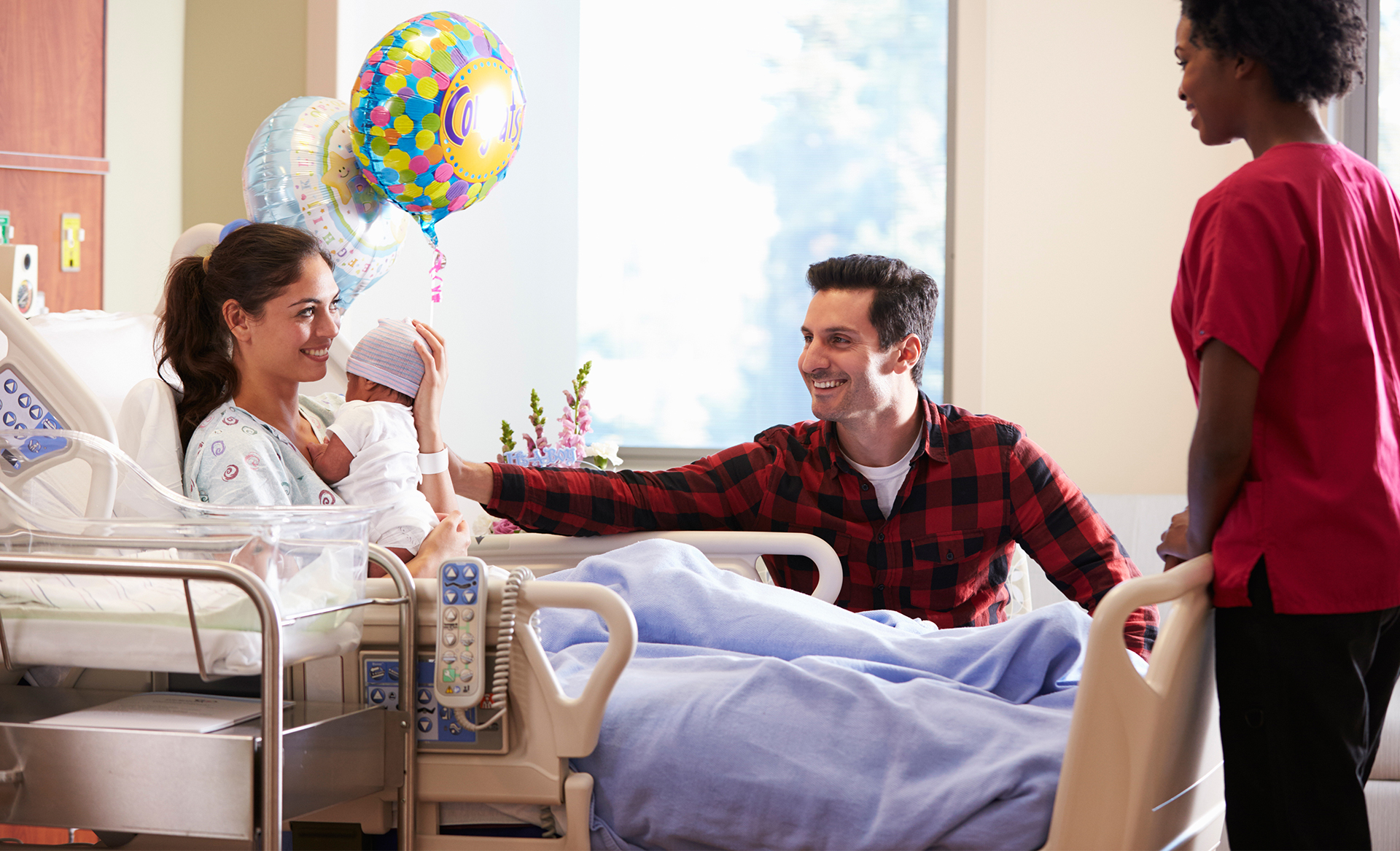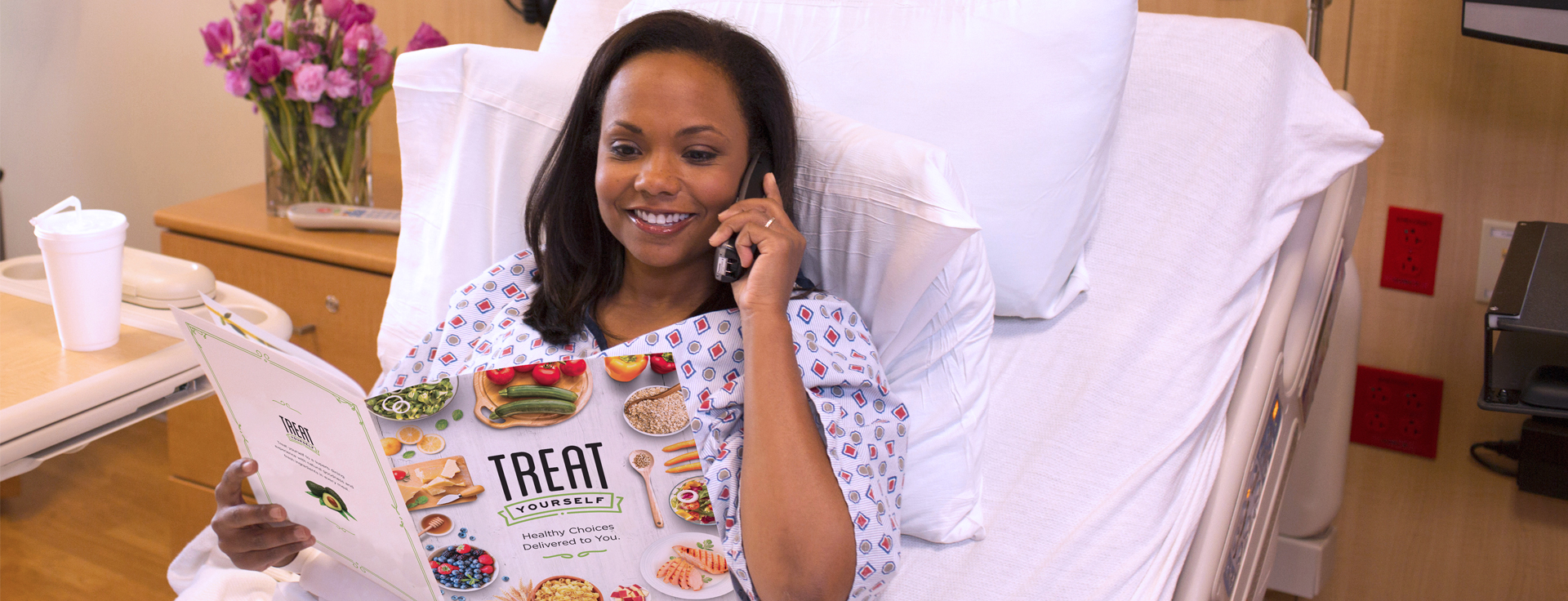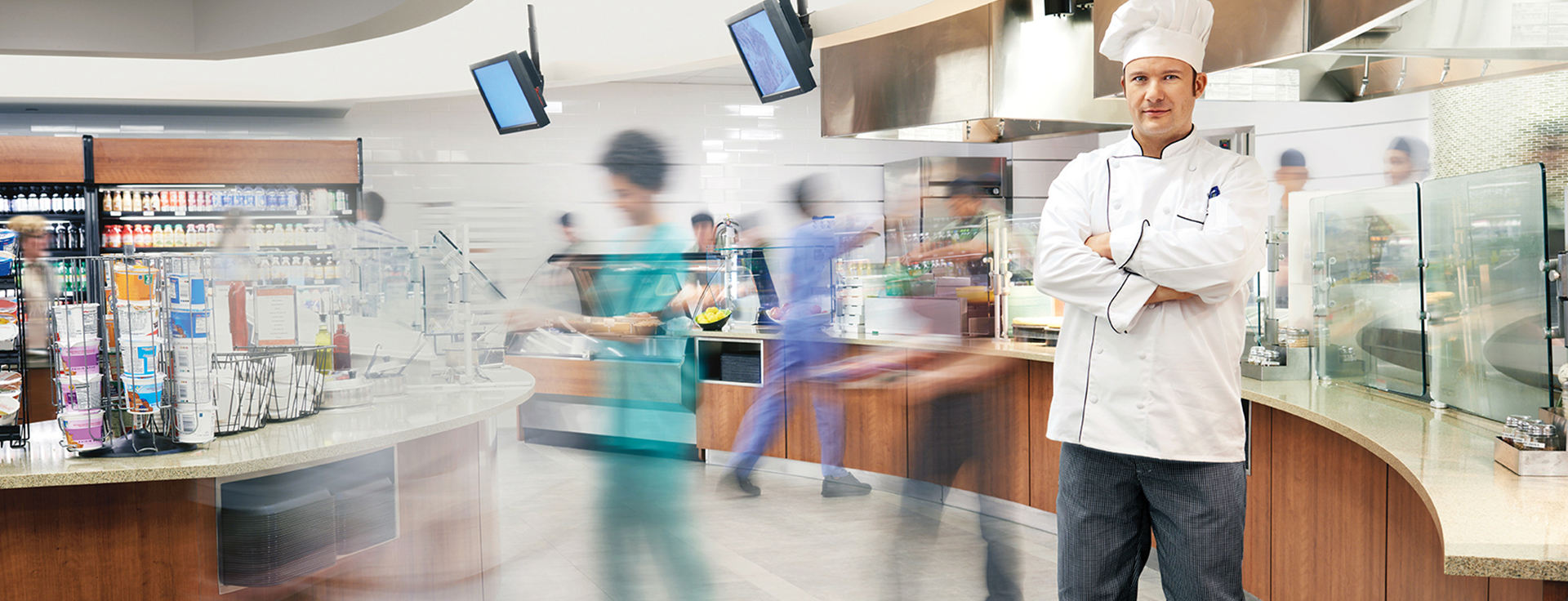Research shows that when people are treated by the same professionals throughout their lives they receive better care because the teams know them and their medical histories. They perceive their providers to be more knowledgeable, thorough and interested in patient education. When patients receive continuous care, they value their doctor relationships more, feel like they have more control over their health and experience higher levels of satisfaction.
There are several best practices for improving the patient experience during labor and delivery.
Develop a Rapport
Ensure your medical team is equipped to build long-term relationships with patients, from their first doctor visit to their child's well visits throughout their childhood. Additionally, encourage dining and EVS teams to engage patients when visiting their rooms through polite conversations, smiles and kind words.
Demonstrate Concern for Their Comfort
While delivering the highest level of medical care, also aim to deliver the highest level of service in dining and EVS to ensure they are comfortable throughout their entire stay.
Respond to Their Requests
Bring flexibility to the table to respond to new mothers’ special requests, such as a comforting meal after giving birth.
Give Them Control
Bring elements of patients’ lives outside of the hospital into the experience, such as high-quality and customized dining experiences.
Welcome Visitors
Make room for visitors and add homey touches such as comfortable chairs.
Encourage Feedback
Give labor and delivery patients a convenient way to ask questions and request special services.









